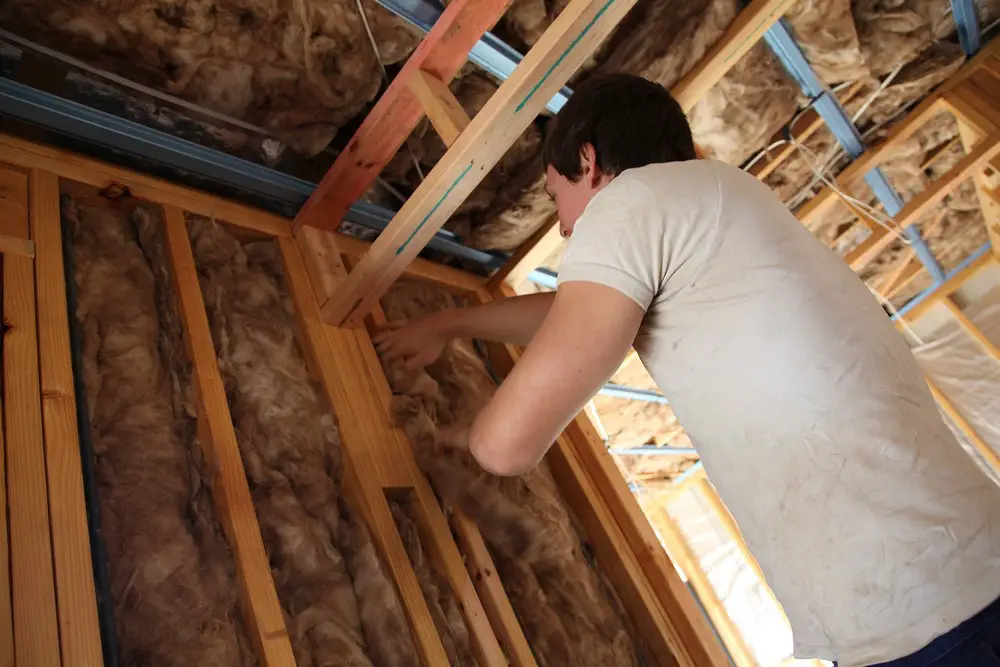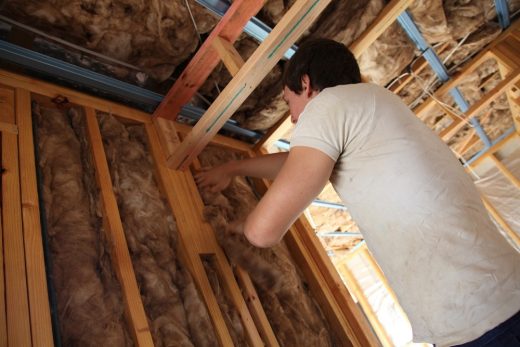The ultimate guide to attic fan insulation, Building roofing ventilators energy saving, Home temperature regulation
The Ultimate Guide to Attic Fan Insulation
27 March 2023
Attic fans are a crucial part of maintaining a comfortable home environment. These ventilators help regulate the temperature in your housetop, removing hot air during summer months and preventing warmth buildup.
Moreover, attic fan insulation plays a significant role in improving the efficiency of your airflow machine and enhancing your home’s indoor air quality. In this article, we’ll cover everything you need to know about the insulation process, from types to attic fan installation tips, maintenance, and more.
Three Types of Attic Fans
There are several kinds of attic ventilators available for homeowners to choose from. The most common types include:
- Electric-powered fans: These ventilators run on electricity and are typically more powerful than other housetop fans. They’re a popular choice for homeowners due to its reliability and effectiveness in cooling your house.
- Solar-powered circulators: Solar-powered attic ventilators use energy from the sun to operate, making them an eco-friendly option for homeowners looking to reduce their carbon footprint. While they may not be as powerful as electrical ones, they can still effectively cool your home and improve upper-level airflow.
- Exhaust fan: Exhaust units can remove warm atmosphere and moisture from your housetop, helping prevent mold and mildew growth.
Each type serves a unique purpose and offers different benefits in terms of energy efficiency, cost, and environmental impact. Understanding the specific needs of your house will help you make an informed decision when selecting the right one for your home.
The Importance of Attic Ventilation
Proper rooftop airflow is essential for maintaining a great living environment in your house. A well-ventilated housetop can prevent excess warmth buildup, leading to uncomfortable indoor temperatures and increased energy bills.
Additionally, proper airflow can improve indoor atmosphere quality, reducing the risk of mold and mildew growth. It also helps to prolong the life of your roofing materials, as excess heat and moisture can cause damage over time.
What’s the Fan Installation Process?
Before installing an attic fan, it is essential to consider the size and ventilation requirements of your housetop. A local professional can help assess your home’s attic and recommend the appropriate setup method.
The mounting process involves several steps:
Assessing your housetop: It’s essential to understand the specific needs of your attic before setting up a ventilator. This checkup includes determining the size of the airflow unit needed and the optimal location to set it up. We can help with this inspection, ensuring that you select the right unit for your house.
Preparing the reserved area: Before you install the fan on the rooftop, make sure you can reach the location and refer to the site map for the best placement.
Mounting the ventilator: We can install your new airway device once we prepare the place. This process may involve securing the circulator to the roof or wall, connecting any electrical components, and ensuring the atmosphere handler is correctly aligned.
Testing it out: After the installation is complete, it’s essential to test the fan to ensure it functions correctly. Moreover, this may include checking the fan’s airflow, ensuring that any electrical connections are secure, and making any necessary adjustments.
Hiring us to install an attic fan ensures that the process finalizes correctly and safely. It’s always best to hire a professional, as setting it up yourself can lead to safety hazards and potential damage to your house.
What’s the Process of Insulating It?
Once you’ve chosen the right type for your house, ensuring proper insulation is crucial. Insulating it can improve your fan’s efficiency, helping reduce energy consumption and maintain a comfortable indoor temperature. Here are some tips for insulating your electronic:
Use Appropriate Insulation Materials
Selecting the right insulation materials is crucial for maximizing efficiency. Common materials include fiberglass, foam, or rigid foam boards. Please consult with one of our staff members to determine the best insulation material for your specific fan.
Seal Gaps and Cracks
We’ll need to ensure that there are no gaps or cracks, as these can allow airflow to escape, reducing the fan’s effectiveness. Our team can use caulk or expanding foam to seal any gaps around the fan.
Insulate the Fan Housing
Insulating the fan housing can help prevent temperature transfer between the housetop and the rest of your home. Naturally, we can use insulation materials such as spray foam or rigid foam boards to insulate it.
Add a Cover
An insulated cover can help prevent airflow leakage and improve the overall efficiency of the ventilator. These covers typically consist of foam or other insulating materials, and we can easily place and remove them as needed.
How to Check for Repair and Maintenance
Regular maintenance is essential for ensuring long-term performance, which may include:
- Cleaning the blades: Over time, dust and debris can accumulate on the blades, reducing their effectiveness. Cleaning them often will help maintain optimal airflow.
- Checking for damaged parts: Frequent inspection for any signs of damage, such as bent or broken blades, loose connections, or worn-out motors. Addressing these issues can help to prolong the life of your fan.
- Ensuring proper insulation: As previously mentioned, proper insulation is crucial for maximizing efficiency. Regularly check the insulation around your fan for necessary repairs or replacements.
If you notice any issues with your attic ventilation machine, it’s essential to reach out to our professional repair service to address the problem promptly. Attempting any repairs by yourself might further damage your airway device.
Maximizing the Benefits of Your Attic Fan
To maximize the benefits of your attic airflow circulator, consider implementing the following strategies:
Use a Thermostat
Getting a thermostat can help to regulate the temperature in your attic, ensuring that your fan only operates when necessary. This method can help to reduce energy consumption and prolong the life of your ventilator.
Combine with Other Cooling Methods
Attic ventilators are most effective when used with different cooling techniques, such as airflow conditioning or whole-house ventilators. Therefore, this can refresh your house more efficiently, reducing energy consumption and improving indoor atmosphere quality.
Insulate Your Entire Attic
In addition to insulating it, it’s also essential to protect the whole attic space, which helps maintain a consistent temperature throughout your home and reduces energy consumption.
Guide to Attic Fan Insulation – Bottom Line
Attic ventilator insulation is a crucial aspect of maintaining a comfortable and energy-efficient house. This is why you need to hire professionals when it comes to attic fan installation in Los Angeles area and suburbs.
By selecting the right type, ensuring proper installation, insulating the ventilator effectively, and implementing regular maintenance, you can improve the overall performance of your roof airflow device and enjoy a cooler house during the warm summer months.
If you need insulation, installation, or a professional fixing service, don’t hesitate to contact Pure Eco Inc insulation leader to help you with your home improvement project.
Comments on this The Ultimate Guide to Attic Fan Insulation article are welcome.
Wall Insulation
Building Wall Insulation
Guide to Insulating Your Metal Building
Retrofitting metal building insulation installation
Property Design
Contemporary Property Designs – recent architectural selection:
Comments / photos for the The Ultimate Guide to Attic Fan Insulation page welcome






